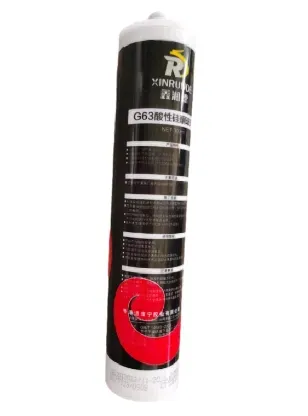loading...
- No. 9, Xingyuan South Street, Dongwaihuan Road, Zaoqiang County, Hengshui, Hebei, China
- admin@zjcomposites.com
- +86 15097380338
- Welcome to visit our website!
frp stair
The Significance of FRP Stairs in Modern Architecture
In the realm of modern architecture and construction, the use of advanced materials has revolutionized the way structures are designed and built. One such innovation that has gained considerable attention is Fiberglass Reinforced Polymer (FRP). This composite material has found its niche in various applications, particularly in the manufacture of stair systems. FRP stairs are becoming increasingly popular due to their myriad advantages, making them a compelling choice for both industrial and residential settings.
What is FRP?
Fiberglass Reinforced Polymer, or FRP, is a composite material made from a polymer resin reinforced with fiberglass fibers. This combination creates a lightweight yet incredibly strong material that possesses a range of impressive properties. FRP is resistant to corrosion, water, and various chemicals, making it ideal for environments where traditional materials like steel or wood may deteriorate over time.
The Significance of FRP Stairs in Modern Architecture
1. Durability and Longevity One of the most significant benefits of FRP stairs is their durability. Unlike traditional materials, FRP does not rust, rot, or corrode, which significantly extends the lifespan of the staircase. This characteristic is particularly valuable in industrial settings where exposure to harsh chemicals or weather conditions is common.
frp stair

2. Lightweight Construction FRP stairs are considerably lighter than their steel or concrete counterparts. This lightweight nature simplifies transportation and installation. In multi-story buildings or locations with weight restrictions, the ease of handling FRP can lead to significant time savings and reduced labor costs.
3. Safety Features Safety is a paramount concern in any construction project, and FRP stairs offer enhanced safety features. The material can be manufactured with a slip-resistant surface, reducing the risk of accidents in both wet and dry conditions. Additionally, FRP is non-conductive, making it a safe option for electrical applications.
4. Design Flexibility The versatility of FRP allows for a wide range of design options. It can be molded into various shapes and sizes, providing architects and designers the freedom to create aesthetically pleasing stairways that can fit into unique architectural designs. Whether it's a sleek, modern staircase or a textured, industrial look, FRP can accommodate diverse styles.
5. Environmentally Friendly With growing concerns over environmental impact, FRP stands out as a more sustainable option. It can be produced with less energy compared to traditional materials and is often made from recycled materials. In addition, the longevity and low maintenance requirements of FRP stairs mean fewer resources are consumed over time.
Conclusion
The integration of FRP stairs into modern architecture represents a significant advancement in construction technology. Their durability, lightweight nature, safety features, design flexibility, and environmental benefits make them an appealing option for various applications. As sustainability and performance become increasingly critical in design and construction, FRP stairs exemplify how innovative materials can meet the demands of contemporary building projects. Whether in commercial, industrial, or residential environments, FRP stairs are poised to play a vital role in the future of architectural design.
-
The Rise of FRP Profiles: Strong, Lightweight, and Built to LastNewsJul.14,2025
-
SMC Panel Tanks: A Modern Water Storage Solution for All EnvironmentsNewsJul.14,2025
-
GRP Grating: A Modern Solution for Safe and Durable Access SystemsNewsJul.14,2025
-
Galvanized Steel Water Tanks: Durable, Reliable, and Ready for UseNewsJul.14,2025
-
FRP Mini Mesh Grating: The Safer, Smarter Flooring SolutionNewsJul.14,2025
-
Exploring FRP Vessels: Durable Solutions for Modern Fluid HandlingNewsJul.14,2025
-
GRP Structures: The Future of Lightweight, High-Performance EngineeringNewsJun.20,2025
